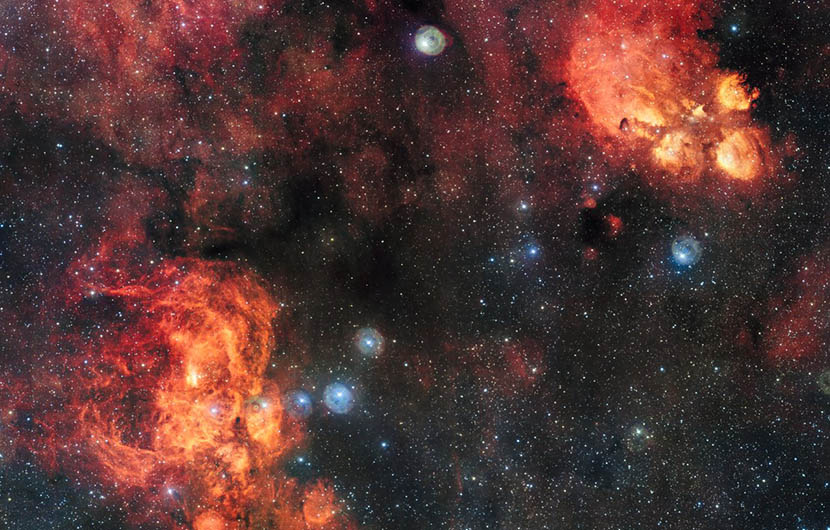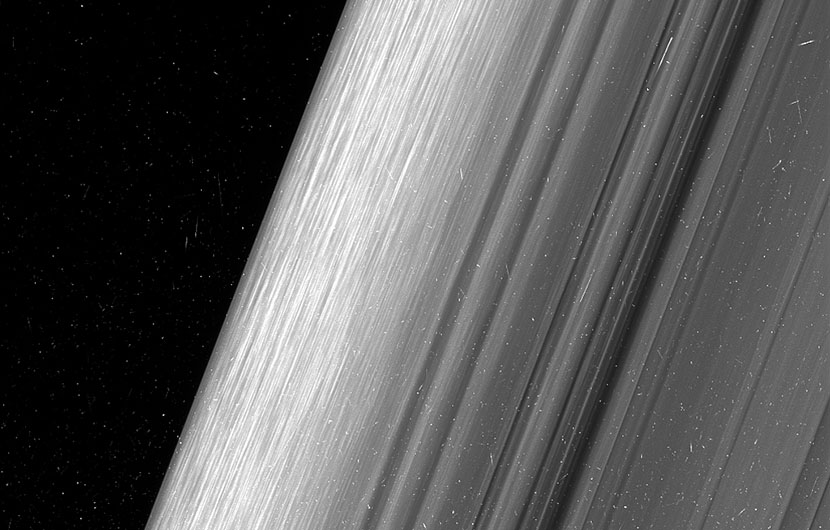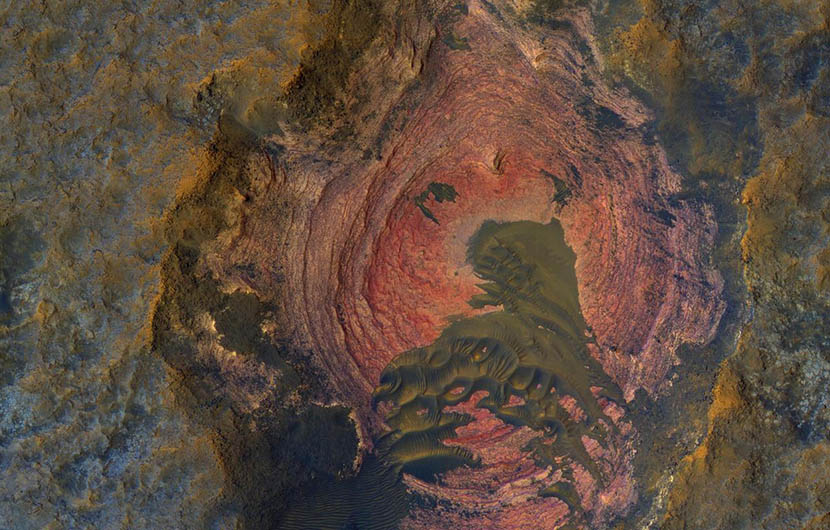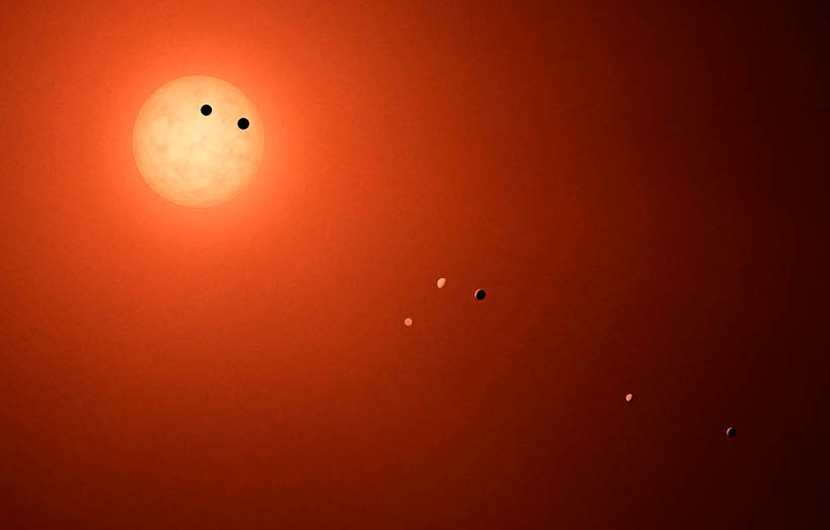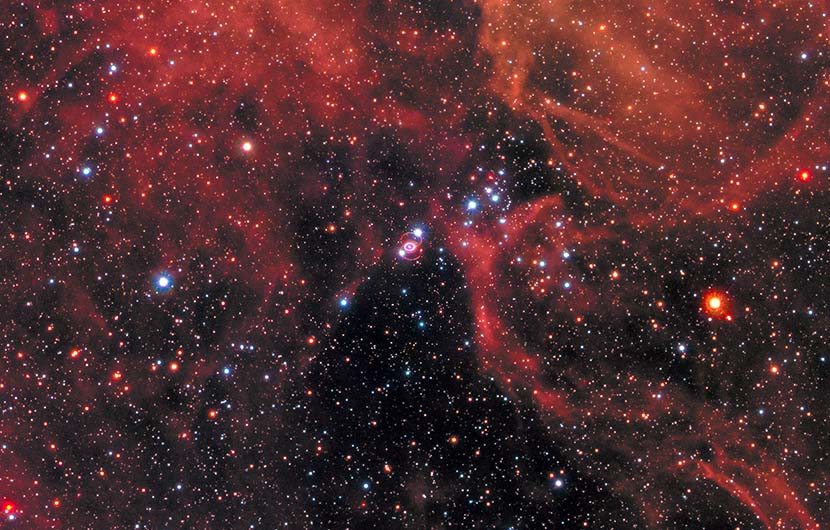Five Dazzling Astronomy Images from February
Saturn's rings, Mars' geology and an artist's depiction of distant new worlds were among this month's most captivating space images.
Image
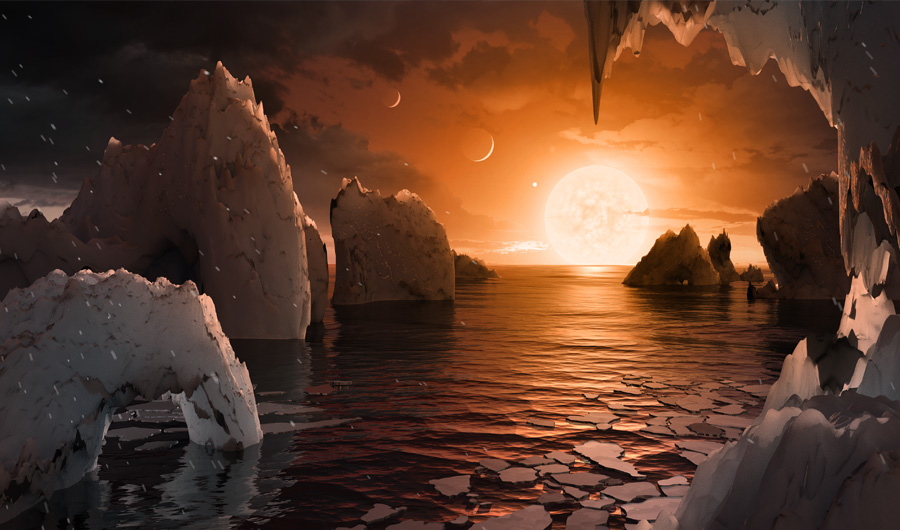
An artist's rendition of the possible surface of newly discovered planet TRAPPIST-1f.
Media credits
(Inside Science) -- Humans have been captivated by the beauty of the night sky for millennia. But it wasn't until recent decades that we've sent scientific instruments into space to snap up-close photos of celestial wonders and gather new cosmic insights. Inside Science has compiled five awe-inspiring astronomy images from the month of February. They range from unprecedentedly detailed images of our own solar system's planets to new pictures of stars hundreds of thousands of light years away. Check them out in the slideshow below.
Filed under

